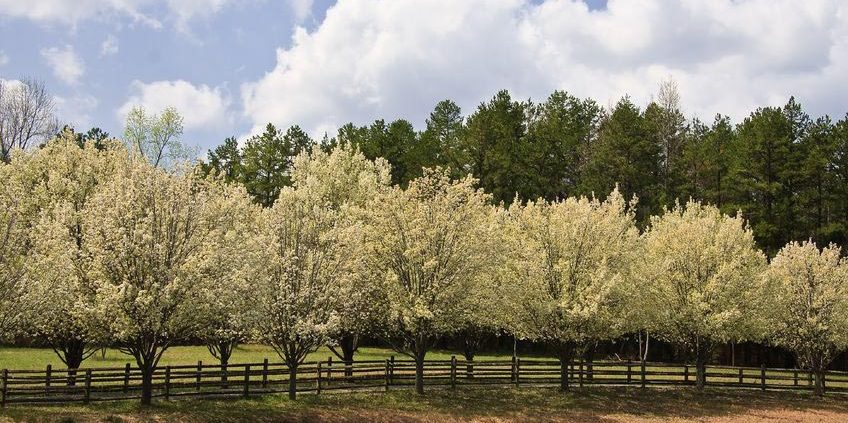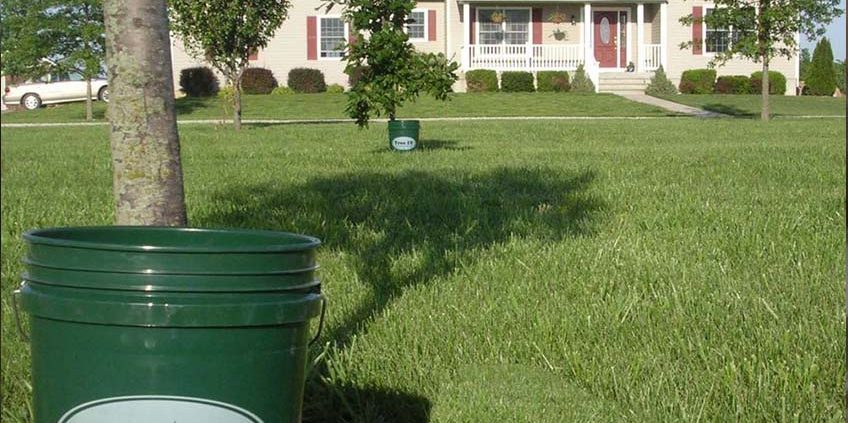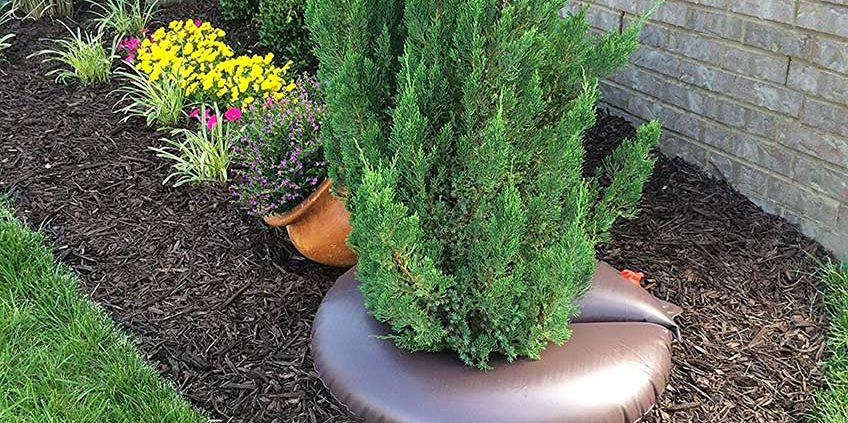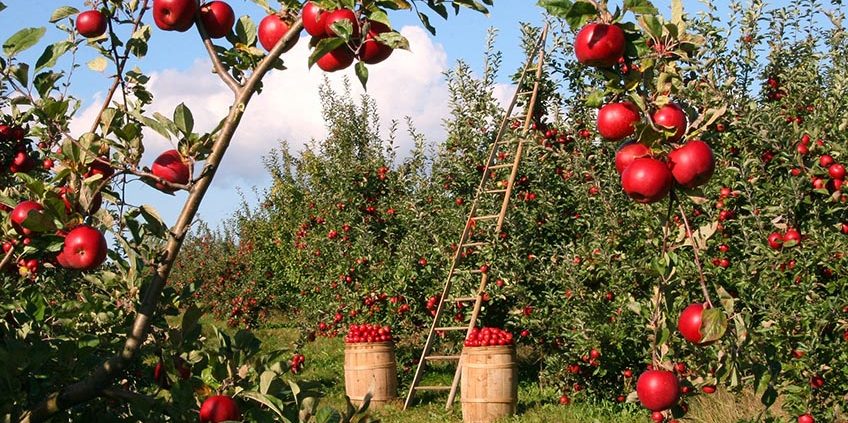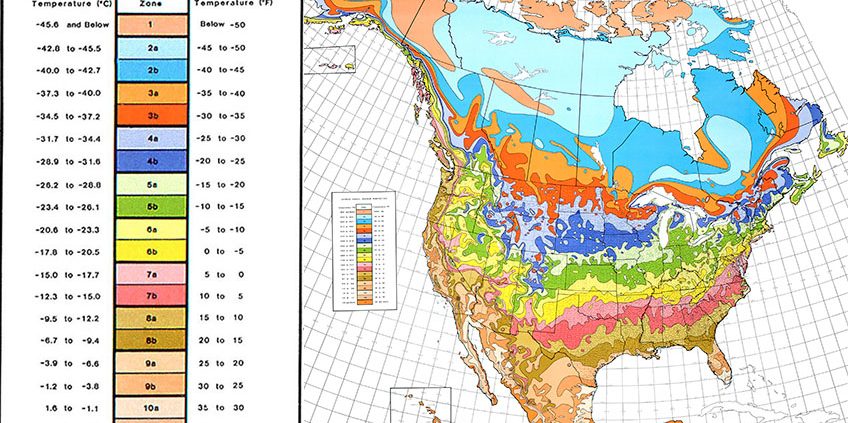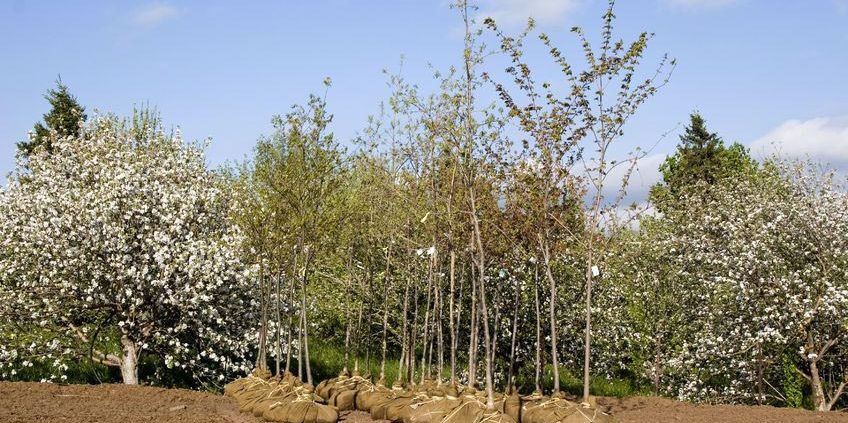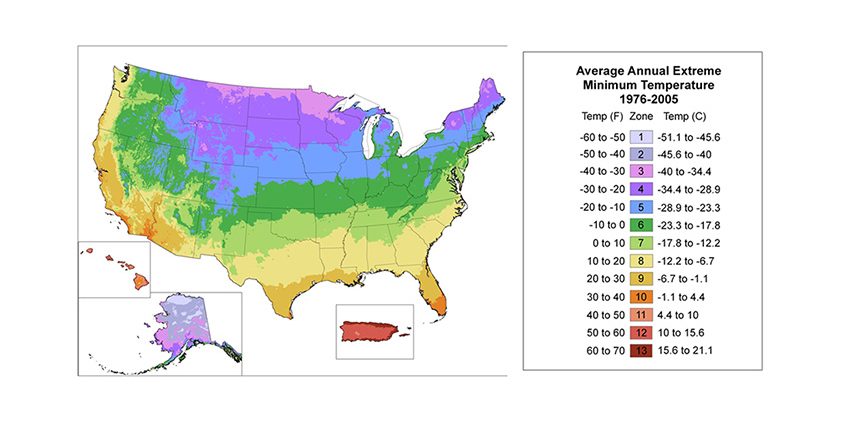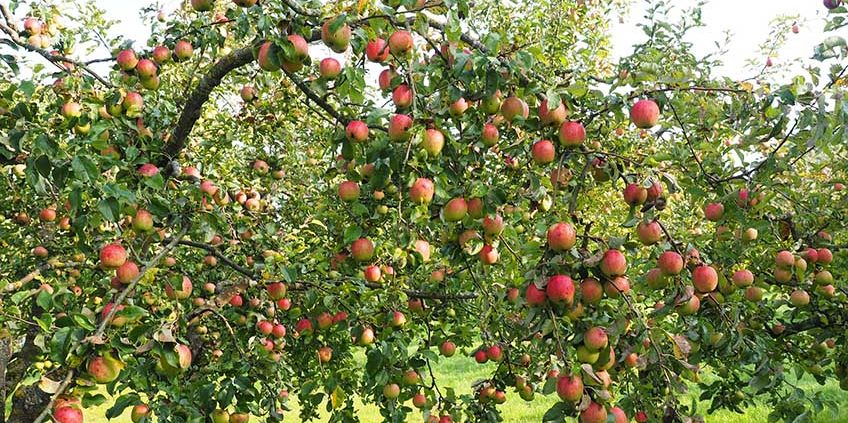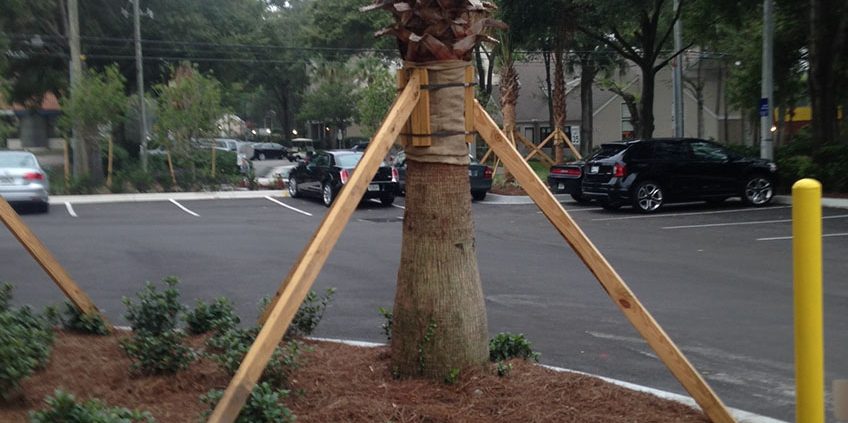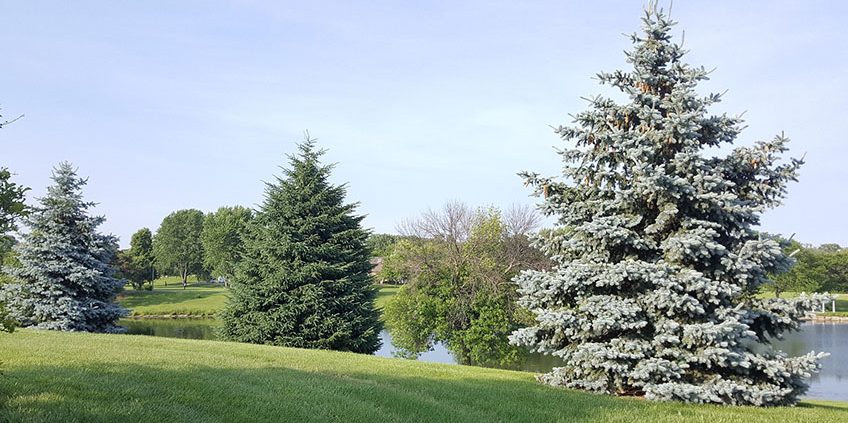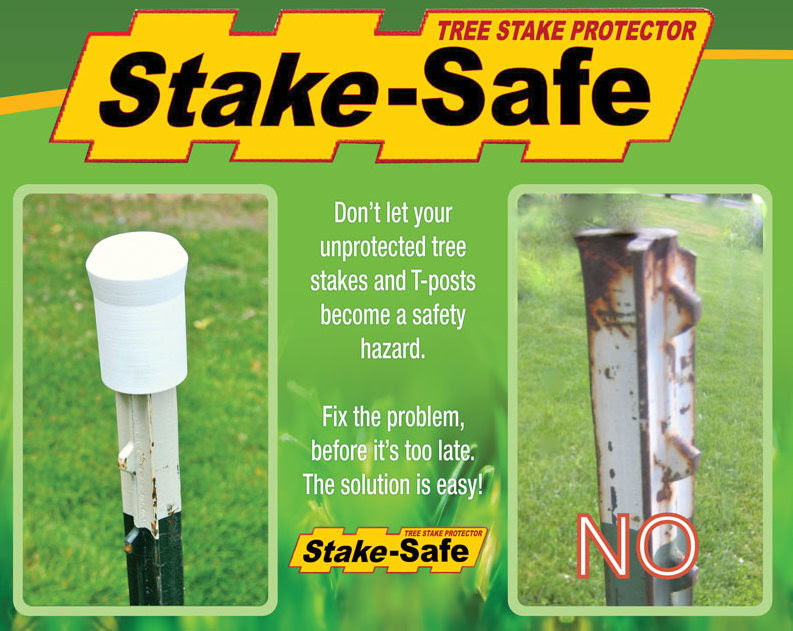Posts
https://stakesafe.com/wp-content/uploads/2017/12/Avoid-Planting-Fast-Growing-Trees-Bradford-Pear-FL.jpg
565
848
EricT
http://www.stakesafe.com/wp-content/uploads/2017/03/Logo-560x156.png
EricT2017-12-03 17:02:302017-12-03 17:02:30Avoid Planting Fast Growing Trees When Possible | Or Should You?
https://stakesafe.com/wp-content/uploads/2017/11/Watering-Small-Trees-FL.jpg
565
848
EricT
http://www.stakesafe.com/wp-content/uploads/2017/03/Logo-560x156.png
EricT2017-11-19 14:15:452017-11-19 14:15:45Watering Small Trees | Try the 5 Gallon Root Seeker Watering System
https://stakesafe.com/wp-content/uploads/2017/10/Tree-Watering-Ring-1FL.jpg
565
848
EricT
http://www.stakesafe.com/wp-content/uploads/2017/03/Logo-560x156.png
EricT2017-10-22 16:15:172017-10-22 16:15:17Tree Watering Ring | Slow Release Watering Bags for Newly Planted Trees
https://stakesafe.com/wp-content/uploads/2017/09/Fruit-Trees-FL3-Apple-Orchard.jpg
565
848
EricT
http://www.stakesafe.com/wp-content/uploads/2017/03/Logo-560x156.png
EricT2017-09-24 17:08:022017-09-24 17:08:02Fruit Trees that Thrive in Planting Zones 3 & 4 and Bear Fruit
https://stakesafe.com/wp-content/uploads/2017/09/North-America-Planting-Zone-FL.jpg
565
848
EricT
http://www.stakesafe.com/wp-content/uploads/2017/03/Logo-560x156.png
EricT2017-09-16 15:37:142017-09-16 15:41:27Zone 2 Trees | Selection Guide for Planting Trees in Zones 1 & 2
https://stakesafe.com/wp-content/uploads/2017/08/Removing-Teee-Stakes-FL.jpg
565
848
EricT
http://www.stakesafe.com/wp-content/uploads/2017/03/Logo-560x156.png
EricT2017-08-27 11:36:402017-08-27 11:36:40Removing Tree Stakes | Determining When it is Safe to Remove Tree Stakes
https://stakesafe.com/wp-content/uploads/2017/08/Tree-Hardiness-Zones-FL3.jpg
565
848
EricT
http://www.stakesafe.com/wp-content/uploads/2017/03/Logo-560x156.png
EricT2017-08-20 13:16:392017-08-20 13:16:39Tree Planting Zones in the USA | List of Popular Species for Each Zone
https://stakesafe.com/wp-content/uploads/2017/08/Apple-Trees-FL.jpg
565
848
EricT
http://www.stakesafe.com/wp-content/uploads/2017/03/Logo-560x156.png
EricT2017-08-19 12:00:172017-08-19 12:00:17Best Trees for Attracting Deer | How to Plant a Deer Orchard
https://stakesafe.com/wp-content/uploads/2017/08/Palm-Tree-FL.jpg
565
848
EricT
http://www.stakesafe.com/wp-content/uploads/2017/03/Logo-560x156.png
EricT2017-08-12 12:07:112017-08-12 12:07:11Bracing Palm Trees | How to Properly Secure a Newly Planted Palm Tree
https://stakesafe.com/wp-content/uploads/2017/07/Evergreen-Trees-FL.jpg
565
848
EricT
http://www.stakesafe.com/wp-content/uploads/2017/03/Logo-560x156.png
EricT2017-07-23 11:51:472017-07-30 11:53:34Evergreen Trees | Hearty Trees that Stay Green Year Round
Scroll to top

